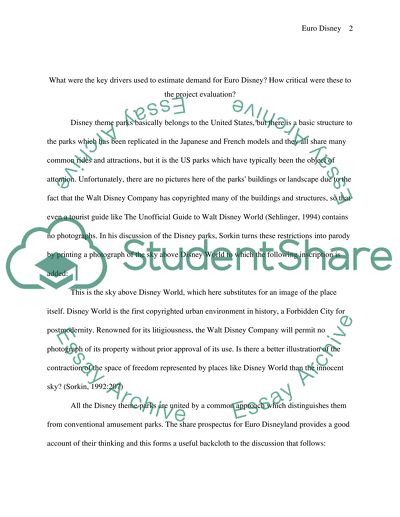Cite this document
(“Walt Disney World.Demand For Euro Disney Essay Example | Topics and Well Written Essays - 1750 words”, n.d.)
Retrieved from https://studentshare.org/miscellaneous/1514041-what-were-the-key-drivers-used-to-estimate-demand-for-euro-disney
Retrieved from https://studentshare.org/miscellaneous/1514041-what-were-the-key-drivers-used-to-estimate-demand-for-euro-disney
(Walt Disney World.Demand For Euro Disney Essay Example | Topics and Well Written Essays - 1750 Words)
https://studentshare.org/miscellaneous/1514041-what-were-the-key-drivers-used-to-estimate-demand-for-euro-disney.
https://studentshare.org/miscellaneous/1514041-what-were-the-key-drivers-used-to-estimate-demand-for-euro-disney.
“Walt Disney World.Demand For Euro Disney Essay Example | Topics and Well Written Essays - 1750 Words”, n.d. https://studentshare.org/miscellaneous/1514041-what-were-the-key-drivers-used-to-estimate-demand-for-euro-disney.


